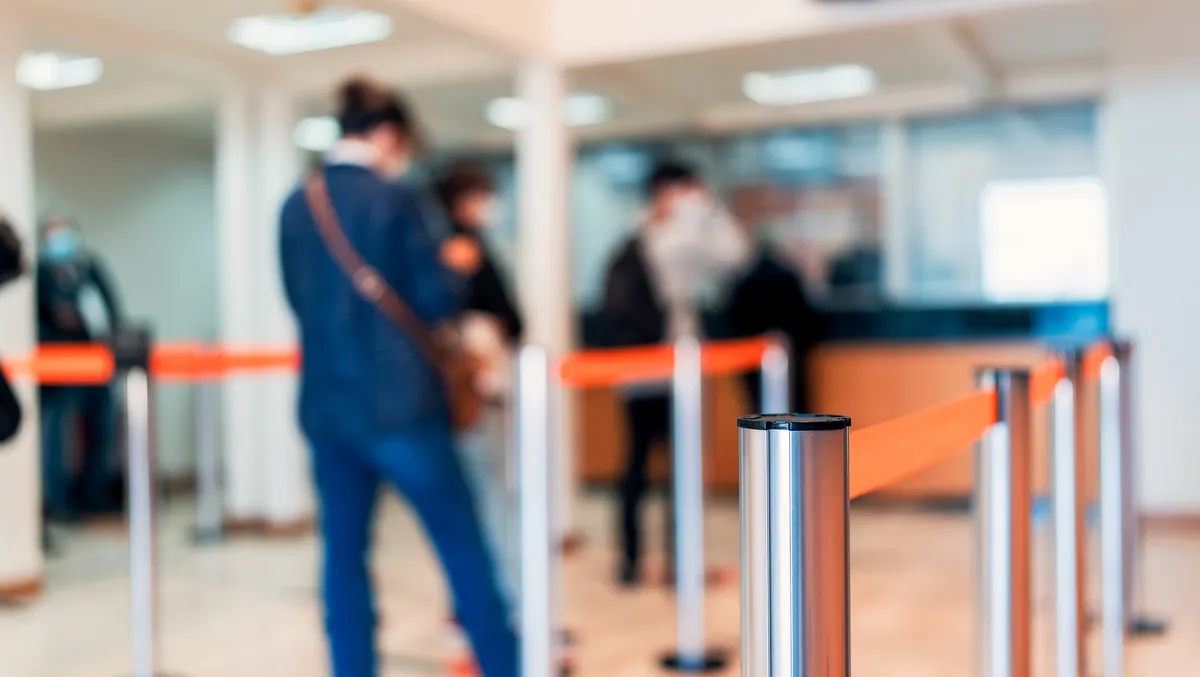
Australians are resisting the rise of AI in banking
Australians prefer traditional banks over digital-only, in large part due to the ability to speak to a bank teller face-to-face, a new survey has found.
UserTesting has announced results from a global survey commissioned by UserTesting and conducted by OnePoll. This study also revealed interesting consumer insights into the Australian banking industry.
Despite major technological advancements in digital banking, 27% of Australians still strictly use traditional banks, ditching digital-only completely. In comparison, only 14% overall said they'd rather just use a digital bank with no physical presence. Digital banking definitely has its advantages, yet a majority of their users wished that their banks offered some of the perks traditional banks already have, such as the 31% of them that wish digital banks offered the ability to talk to humans for customer support.
According to Accenture's Top 10 Banking Trends for 2023, over the past decade and a half, traditional banks faced with lower interest rates, turned their attention away from the totality of customers financial needs to isolated products that generated revenue. Simultaneously the fintech universe exploded with innovations and competition to banks. Features like digital wallets and mobile banking apps created convenience, and the ease of mobile payments from anywhere makes digital banking appealing. This ease and access to digital currency has also led some folks to spend more frivolously, findings from the recently conducted UserTesting and OnePoll study shows that nearly half (49%) of Australian Gen Z admit that they are more likely to spend more recklessly when using digital payment options.
"We are seeing a strange dichotomy in banking unfolding in front of us," says Dana Bishop, VP of Experience Research Strategy at UserTesting.
"We know physical banking branches are closing in droves, yet the data here support that consumers, especially in younger generations. crave the in-person benefits traditional banks provide. Its important for digital banking platforms to consider the preferences and behaviours of their customers when building and designing products and services in order to meet these more human-oriented banking needs."
Findings from the study also revealed that:
Rising Confidence Amongst Aussies in Mobile Banking Apps and Digital Wallets
As technology evolves, digital banking solutions are becoming increasingly popular in Australia. As per UserTesting, 45% of Australians have expressed their trust in digital wallets and mobile banking apps as a reliable means of making payments. This trust is seen especially among younger generations who have grown up with technology and are more likely to adopt new ways of managing their finances. 53% of Gen Z and 52% of millennials have shown trust in digital wallets and mobile banking apps as compared to just 36% of baby boomers.
Large Proportion of Australians Divided in Trust Between Digital and Traditional Banks
This survey revealed that 45% of Australians trust digital and traditional banks equally. However, the study also revealed that 31% of respondents trust traditional banks more, while only 4% trust digital banks more. Customers value human interaction and traditional bank locations for their transactions' accuracy, as noted by 44% and 36% of respondents, respectively.
Meanwhile, digital banks' main appeal is their ability to provide access to money anywhere, cited by 49% of respondents. Additionally, 43% of respondents found digital banking faster, while 36% found it easier than traditional banking.
Human Touch Takes Precedence Over AI
This survey revealed that Australian customers still value human interaction in banking, as 44% of respondents prefer to speak with bank tellers face-to-face. However, despite the preference for in-person interaction, a significant majority of Australians (88%) have not spoken with a bank teller face-to-face in the past two weeks.
Cash, Cards, or Digital Wallets? How Aussies Pay for Goods and Services
Given the proliferation of payment solutions, debit cards remain the preferred payment method for most people as per 40% of respondents. While 24% prefer credit cards. Surprisingly, cash was only preferred by 9% of respondents and was mainly used for emergency purposes.
Furthermore, it was found that debit cards were the preferred payment method for groceries. mobile payment apps were the top choice for miscellaneous purchases and entertainment. For recurring bills and utility bills, autopay was found to be the most popular option, while EFT and wire transfer were used for utilities. While money transfer was found to be the best payment method for rent and mortgage payments.
"In reality, theres still an open space for hybrid institutions to exist," Bishop says.
"Both digital and traditional banking platforms have their exclusive benefits, but there is a clear want and need for institutions to exist in both physical and digital worlds, providing the shared perks either can offer."


